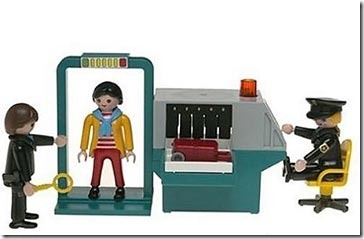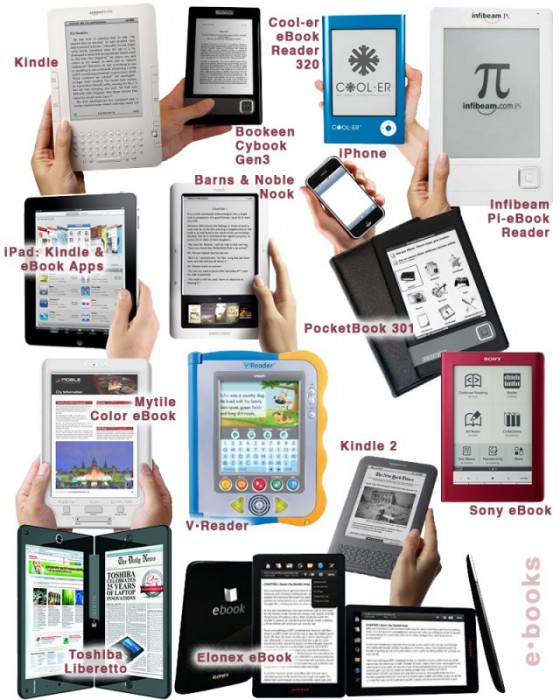
In the last few weeks there has been several articles and studies published on the effectiveness of alternative medicines and placebos: “Placebos Help Patients Even Without Faking It, Scientists Say“; “Sugar Pills Help, Even When Patients are Aware of Them“; and “Alternative remedies ‘dangerous’ for kids says report“; “Doctors warn over homeopathic ‘vaccines’“. The gist of these beliefs derives from several factors: People Tend to Get Better: most of us get well over time even without medical intervention. Colds pass; flues do too. Most infections heal with time without the aid of antibiotics. Evolution have provided the human race with a great immune system. Medicine helps, we get better faster with treatment. But in most cases, we survive. So when you hear someone recommend an alternative medicine and predict that a cold will go away in three days, chances are you will get better. And over time, we the people develop p-prims (folksy wisdoms) that link health with alternative tratments. “Natural Chemicals” p-Prims: there is a strong belief among industrialized societies, at the present time, that “natural” is better for us than “artificial”. There are many sources of this belief, too many to cover in this short article. And somehow,…



